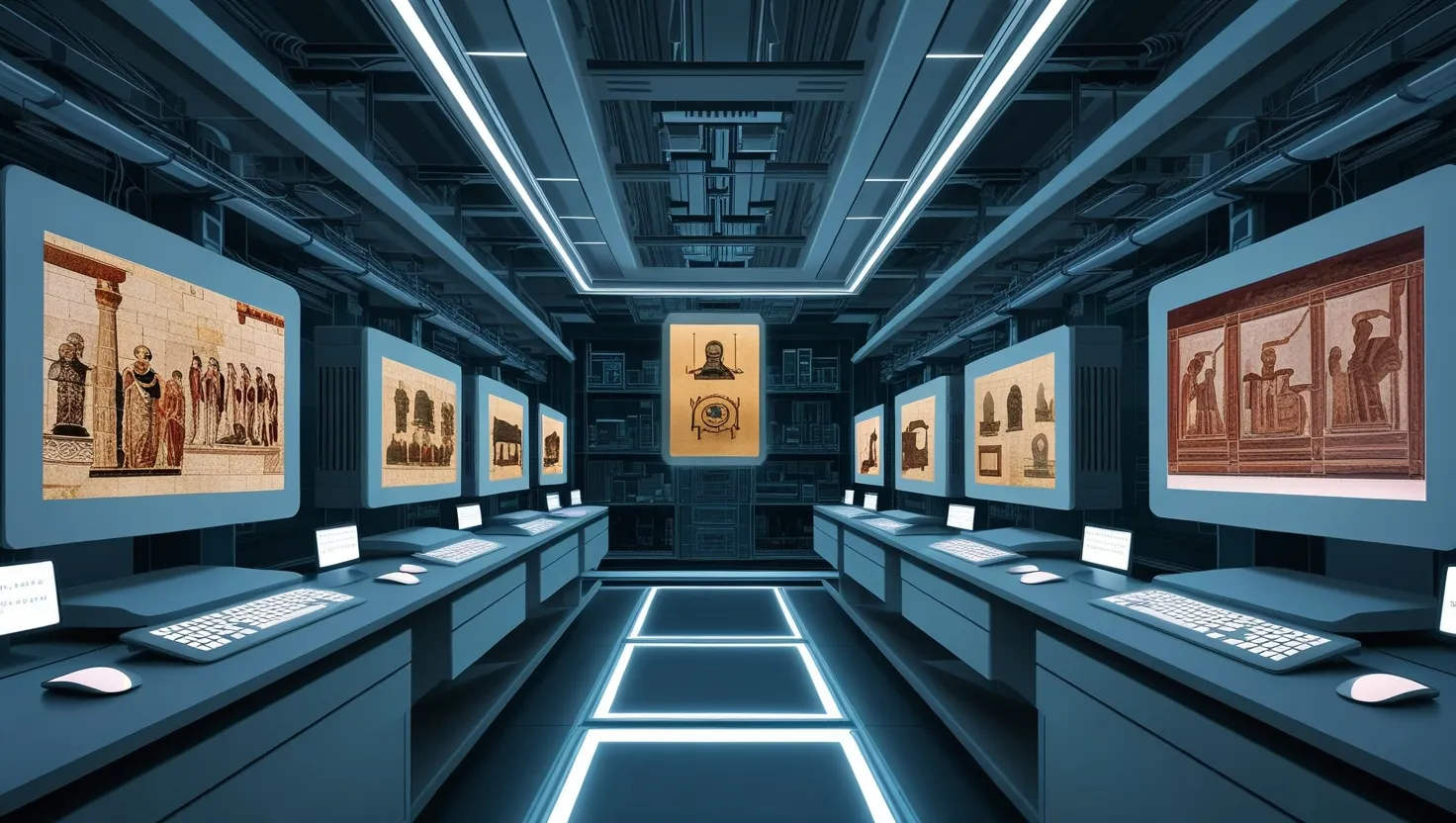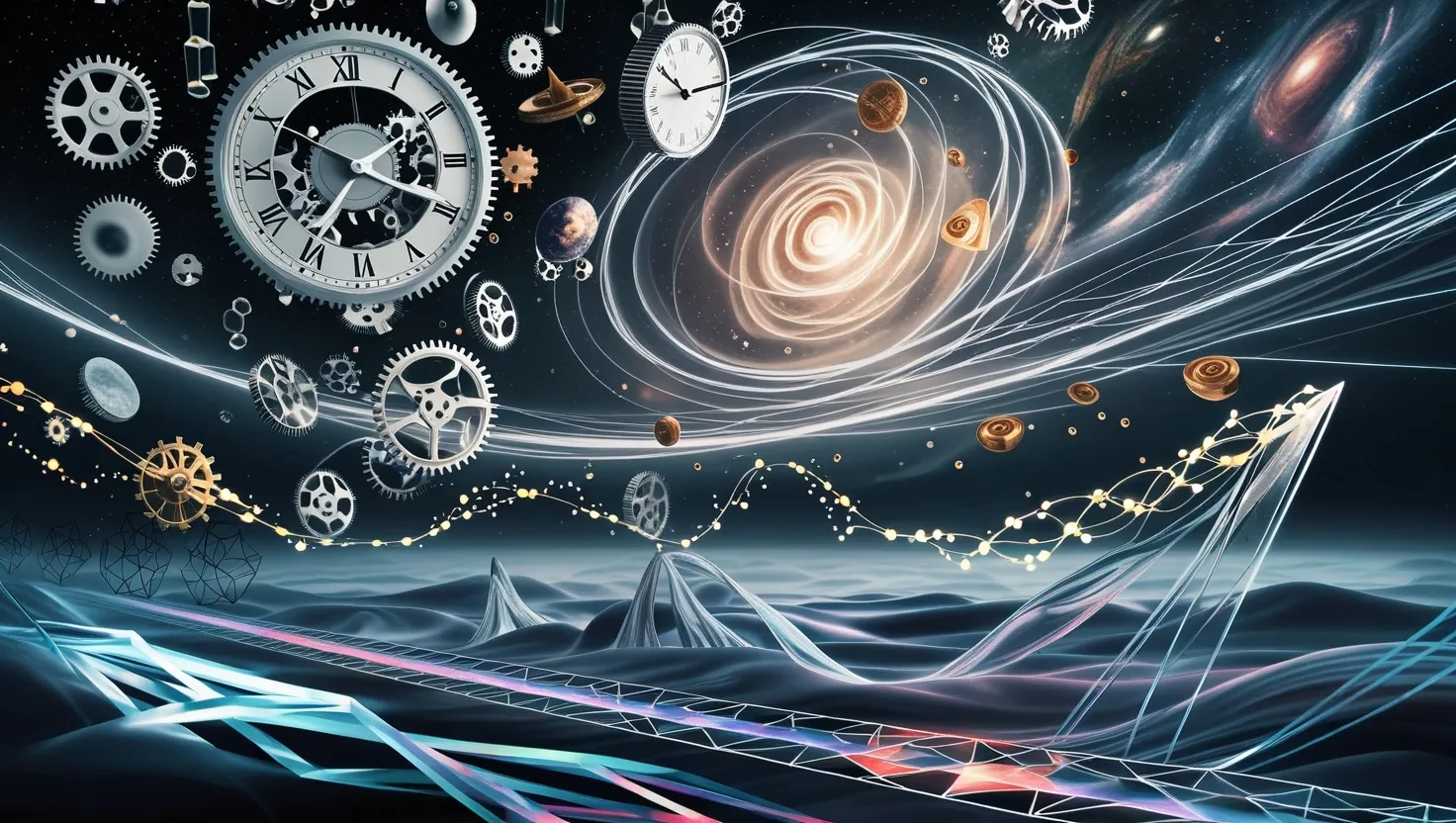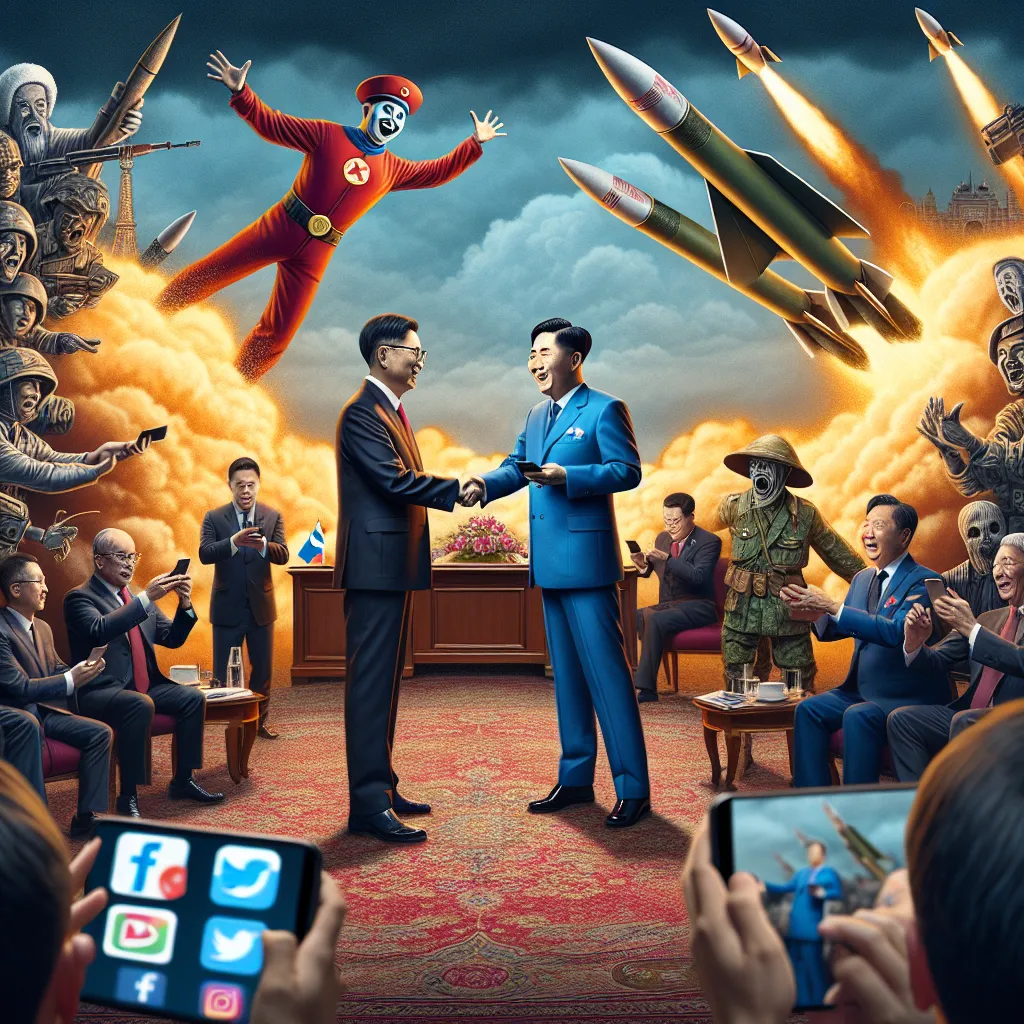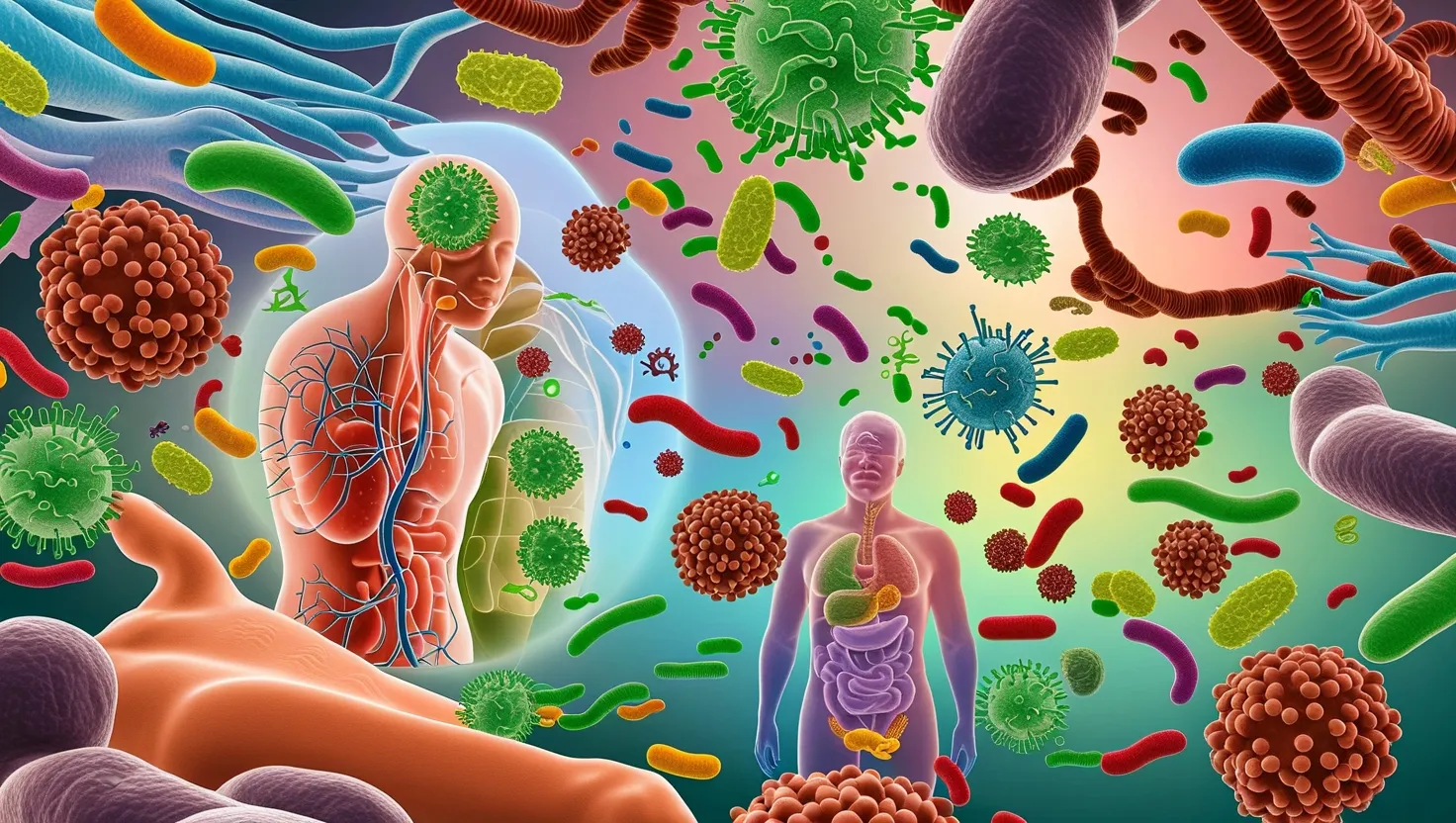Imagine a world where the past is not just a memory, but a tangible reality that can be recreated with precision. This is the realm of quantum archaeology, a concept that blends the cutting-edge technologies of quantum computing, advanced simulations, and the meticulous science of archaeology. The idea is both fascinating and daunting, suggesting that we might one day resurrect historical events and even the people who lived through them.
At its core, quantum archaeology involves using highly advanced technologies to retrieve and reconstruct the past. This could mean anything from recreating ancient landscapes to bringing back the memories and consciousness of individuals who have long since passed away. Theoretically, this would be achieved through the use of powerful quantum computers and artificial intelligence, which would process vast amounts of data to recreate the past in exquisite detail.
One of the key proponents of this idea is Zoltan Istvan, who envisions a future where “time scanning” or “quantum archaeology” technologies can retrieve the information stored in the brains of the dead and bring them back to life through mind uploading. This process would involve 3D-printing synthetic bodies and brains similar to the originals and then uploading the memories and consciousness into these new vessels. It’s a concept that sounds like science fiction, but it’s an idea that some believe could become a reality in the distant future.
However, the physics behind such a feat is far from straightforward. The concept of quantum archaeology raises complex questions about the nature of time and reality. For instance, some theorists suggest that the accurate time scanning required for quantum archaeology might necessitate causal loops that could be inconsistent within a single universe. This leads to the possibility that the information needed to resurrect the past could only be retrieved from other branches of the multiverse, a concept that challenges our traditional understanding of reality.
The multiverse hypothesis adds another layer of complexity to this already mind-bending idea. If quantum archaeology were possible, it might mean that the resurrected individuals would not be in our universe but in a parallel one, raising questions about the identity and continuity of consciousness across different realities. This is a conundrum that has sparked debates among scientists and philosophers, who are grappling with the implications of such a scenario.
But what if this technology is not just a distant dream? What if powerful entities are already using quantum archaeology to manipulate history or gain forbidden knowledge? This is where the realm of conspiracy theories enters the picture. Some speculate that advanced organizations or governments might be secretly developing these technologies, potentially altering the course of history or gaining unparalleled insight into the past.
The ethical implications of such a scenario are profound. If it were possible to resurrect historical figures or recreate past events, who would have the right to decide which individuals or events to bring back? Would it be a democratic process, or would it be controlled by a select few? Moreover, what would be the psychological impact on the resurrected individuals, who would find themselves in a world vastly different from the one they knew?
These questions highlight the need for a thorough ethical framework if quantum archaeology were ever to become a reality. It’s not just about the technical feasibility but also about the moral and societal implications of such a powerful technology. For instance, if we could bring back historical figures, would we be respecting their autonomy and dignity, or would we be treating them as mere curiosities or tools for our own purposes?
The intersection of quantum physics and archaeology also challenges our traditional understanding of time and memory. Quantum mechanics, with its principles of superposition and entanglement, already defies many of our classical notions of reality. When applied to the concept of time, it suggests that time might not be as linear as we perceive it. Instead, it could be a complex web of possibilities and outcomes, each existing in a different branch of the multiverse.
This perspective is supported by some philosophical approaches to quantum mechanics, such as “participatory realism,” which suggests that our understanding of the quantum world is inherently tied to our participation in it. This means that the act of observation itself can influence the outcome of quantum events, blurring the lines between the observer and the observed.
In the context of quantum archaeology, this philosophy raises intriguing questions about the nature of memory and how it is stored and retrieved. If memories are not just biological but also quantum in nature, then the possibility of retrieving and reconstructing them becomes more plausible. However, it also introduces the complexity of dealing with quantum states that are inherently fragile and susceptible to decoherence.
Despite these challenges, the allure of quantum archaeology lies in its potential to revolutionize our understanding of history and the human experience. Imagine being able to witness historical events firsthand or to learn from the direct experiences of people who lived through them. It would be a window into the past that is unparalleled in its clarity and detail.
However, as we delve deeper into this concept, we are reminded that the past is not just a series of events but also a tapestry of emotions, experiences, and cultural contexts. Recreating the past would require not just technological prowess but also a deep understanding of the human condition and the complexities of historical context.
In conclusion, quantum archaeology is a concept that pushes the boundaries of what we thought was possible. While it is still largely speculative, it challenges us to think about the nature of time, memory, and reality in new and profound ways. Whether or not this technology will ever become a reality, the discussions and debates it sparks are invaluable, forcing us to confront the ethical, philosophical, and scientific implications of manipulating the past.
As we continue to explore this cosmic mystery, we are reminded that the line between science and science fiction is often blurred. What seems like a wild imagination today could be the reality of tomorrow. And as we stand at the threshold of this new frontier, we must be prepared to ask the hard questions and confront the complexities that come with it. For in the end, it is not just about resurrecting the past but about understanding ourselves and our place in the universe.






